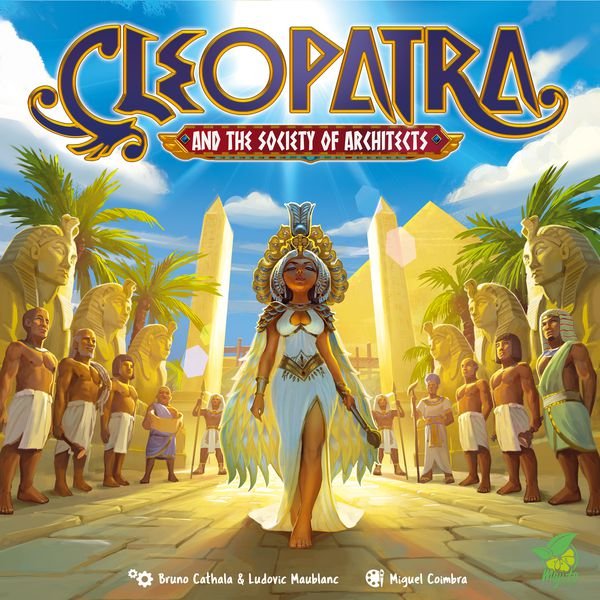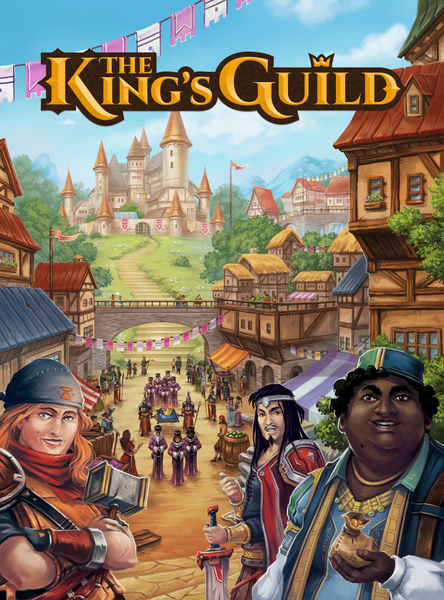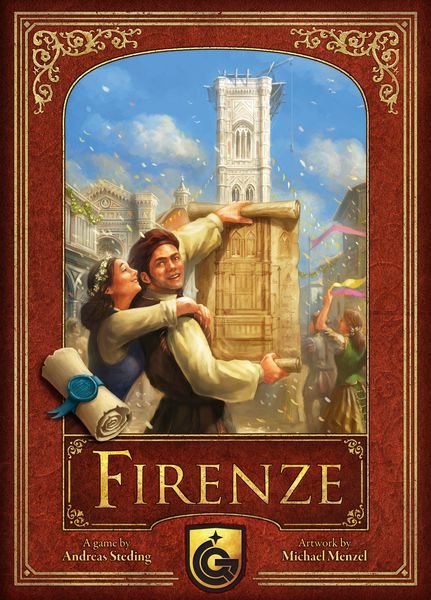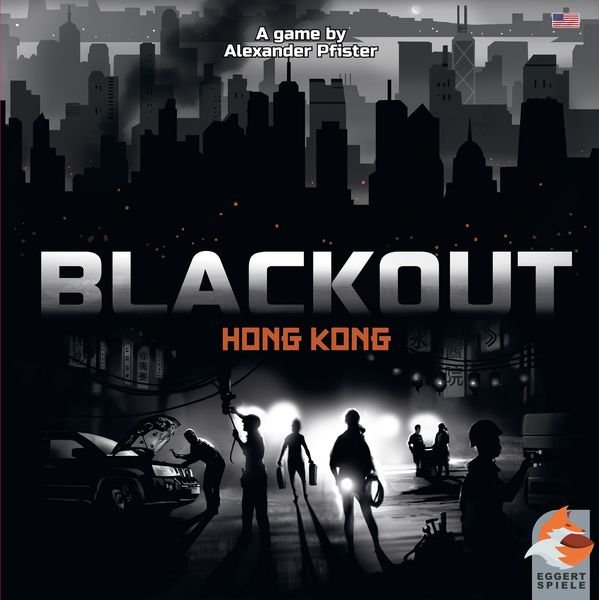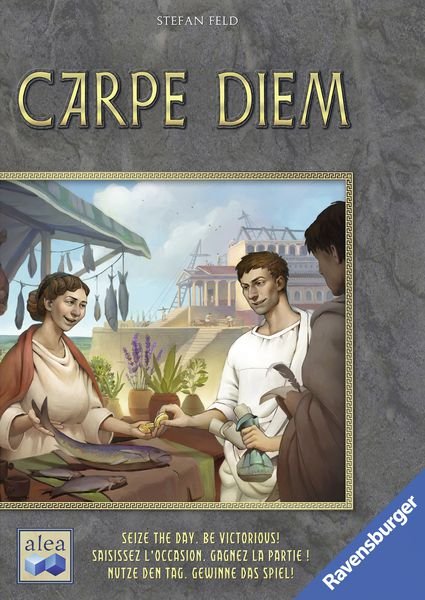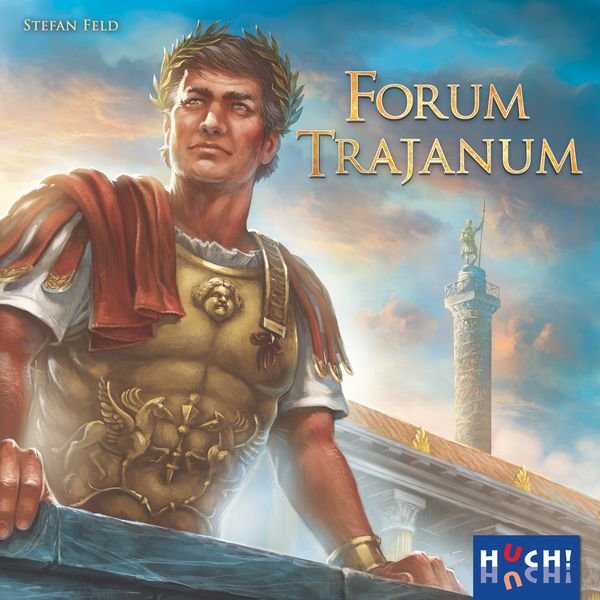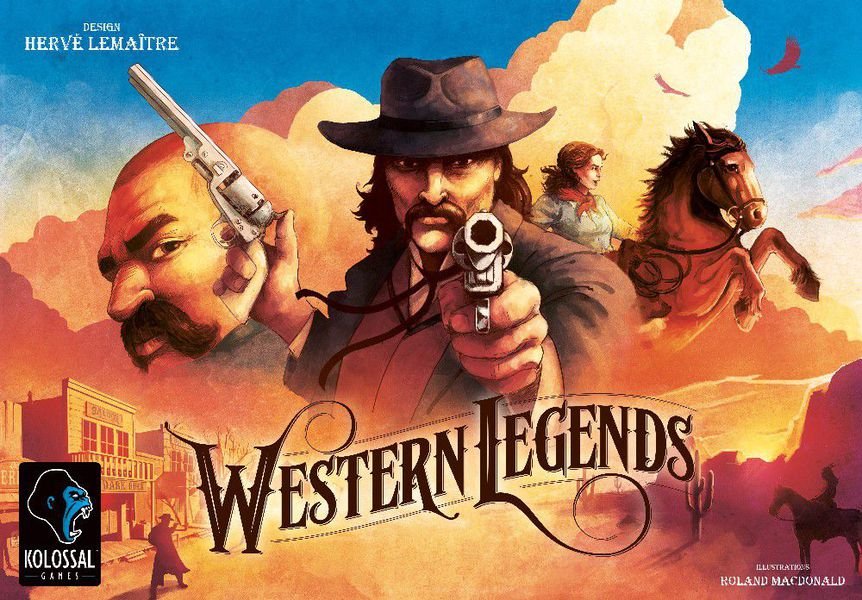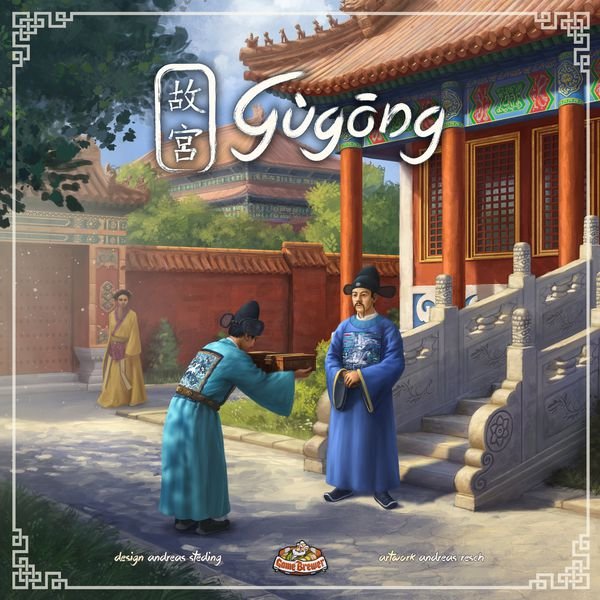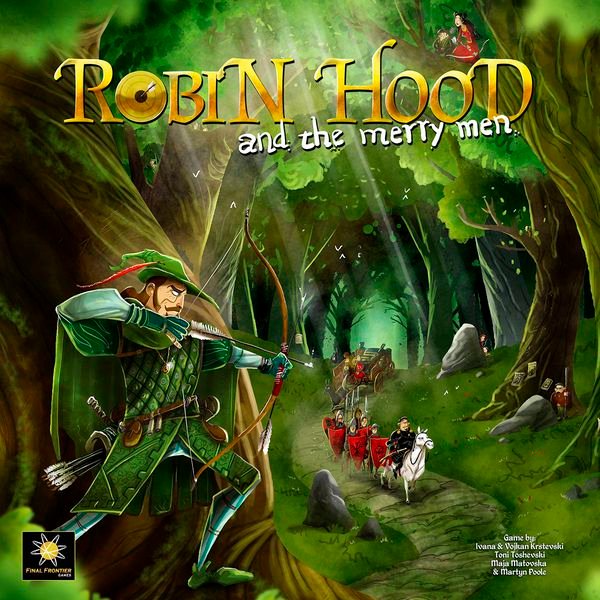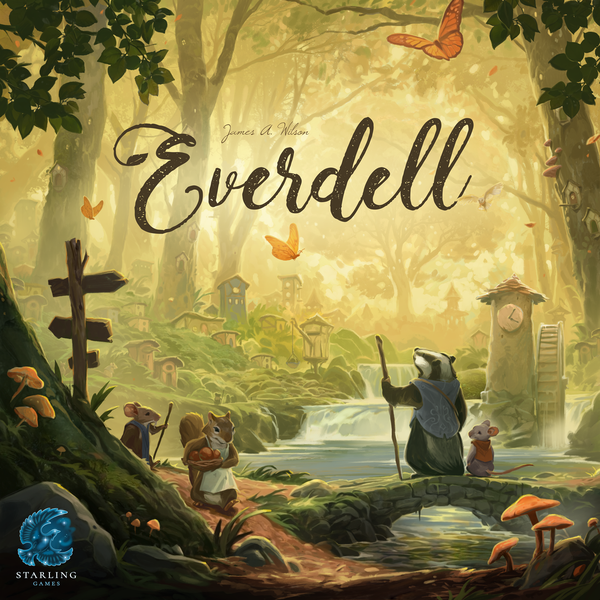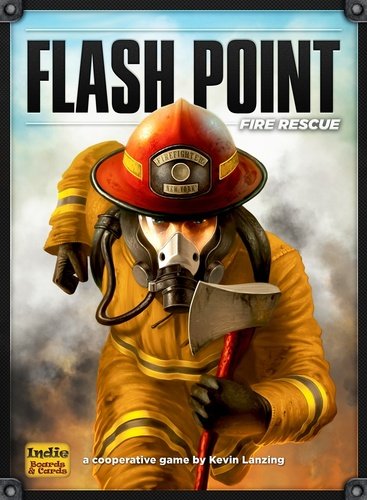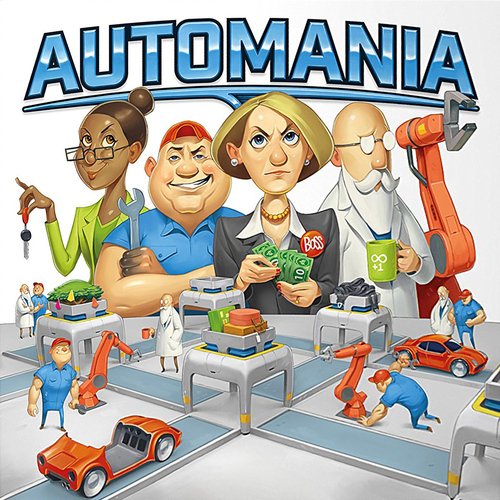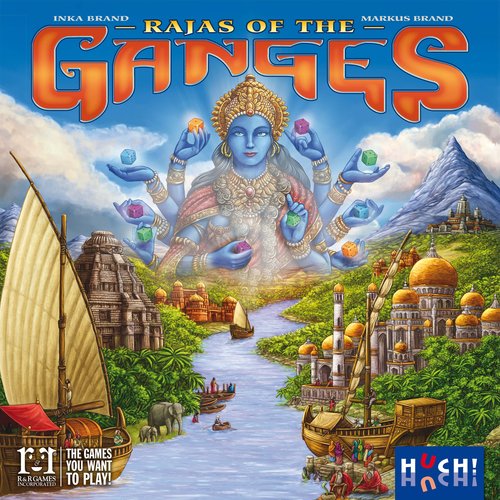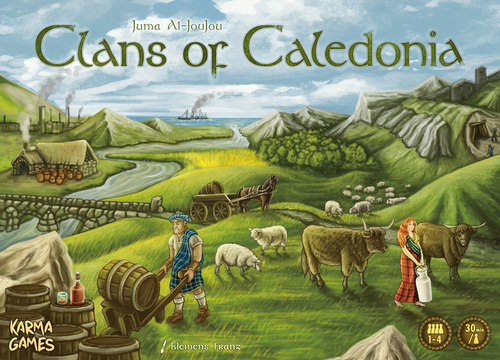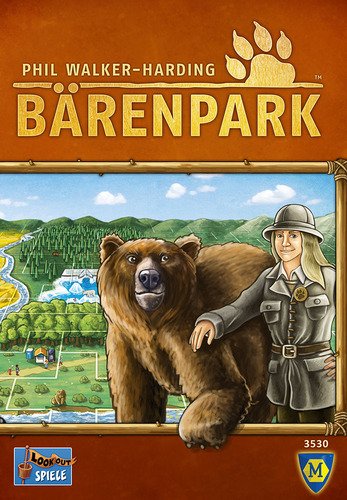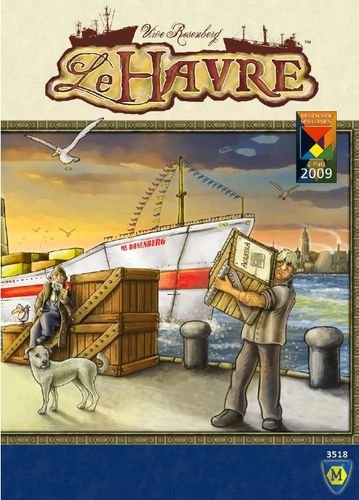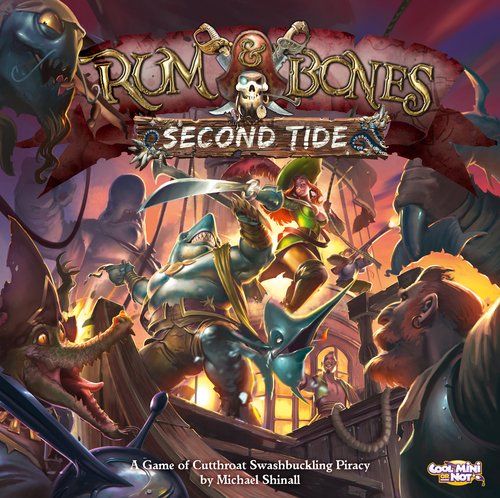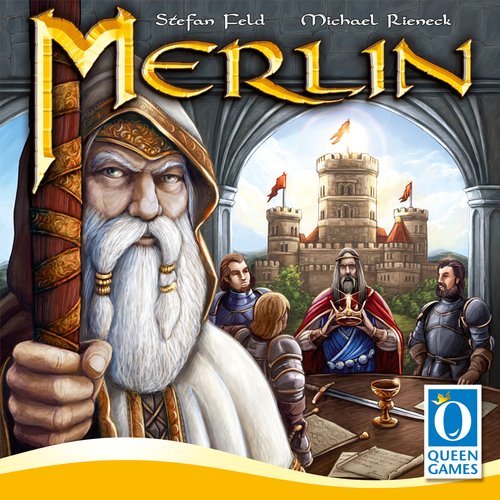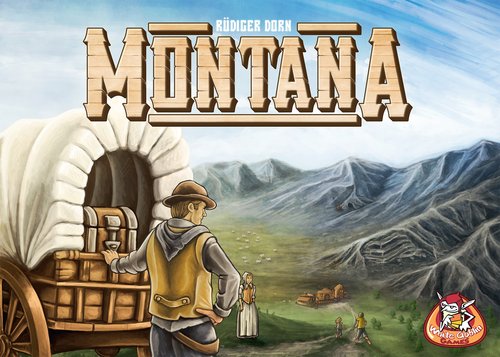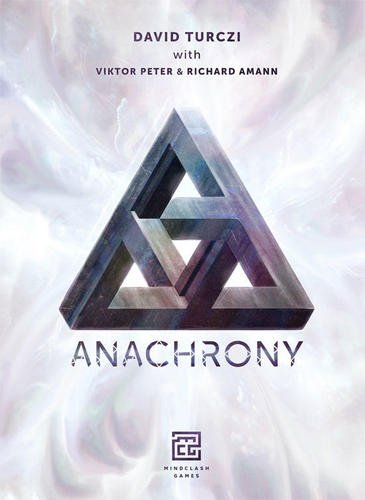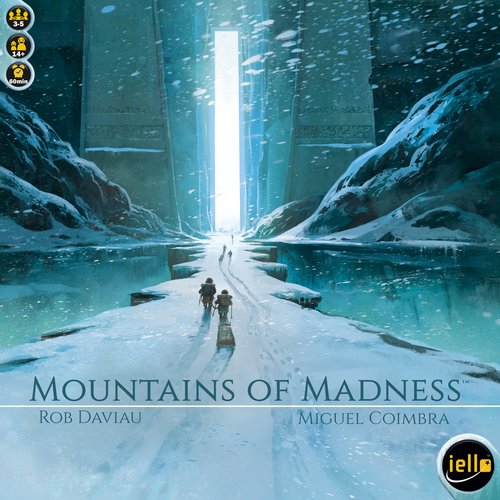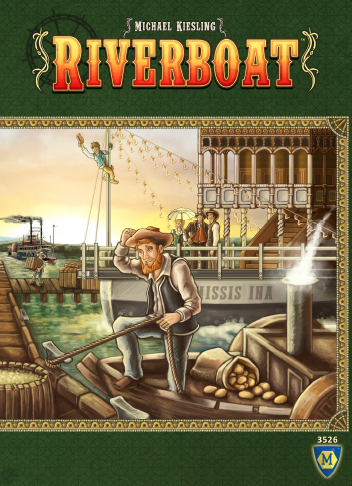—
 —
—
—
—
Games on my radar (ongoing)…
Last updated: August 29, 2020 at 16:06 pm—
—
—
—
—
 I must say that this page seemed like a great idea when I put it together but in the last few years the hobby has exploded with so many great games that I’m struggling to keep up… and that’s not a bad thing… 🙂—
I must say that this page seemed like a great idea when I put it together but in the last few years the hobby has exploded with so many great games that I’m struggling to keep up… and that’s not a bad thing… 🙂—
At the fall 2018 Essen Spiel in Germany (the world’s largest game convention) there were over 1200 new games!!
—
This is my running list of games that I am really anxious to play but haven’t… yet… And these are just the ones I happen to know about!! Some I saw reviewed… others PREviewed… some are on Kickstarter!! For whatever reason there was just something about these that caught my fancy… 🙂
And, as I said before, I’m starting to realize there are just too many great games coming out for me to keep track of… AMAZING!!!
—
—
So here (in no particular order) are the games that are currently on my…
—
—
Here’s one that’s been in the back of my mind since I saw the original review years ago – Cleopatra and the Society of Architects… Then it went out of print… then it was reprinted and I missed it altogether… Now it’s getting a deluxified reprinting and I’m hoping to add it to the collection this time – especially since the graphics are being updated and all BUT also because the designer has stepped in and said if it’s going to happen he wants to correct and streamline some things in the game… oh yeah – I want this version!!
(from the designer): Designed by Bruno Cathala and Ludovic Maublanc, Cleopatra and the Society of Architects is a fun and engaging family game that includes a three-dimensional palace that players compete to build. Players strive to become the wealthiest of Cleopatra’s architects by constructing the most magnificent and valuable parts of her palace.
Players, however, will be tempted to trade in materials of dubious origins in order to build faster. While these corrupt practices might allow an architect to stay a step ahead of the rest, they come with a high price: the cursed corruption amulets honoring Sobek, the crocodile-god. When Cleopatra finally reaches her new palace at the end of the game, she punishes the most corrupted architects (i.e., the ones with the most amulets), depriving them of riches or giving them as a sacrifice to her crocodile! The wealthiest architect from among those still alive wins.
This new edition of Cleopatra and the Society of Architects has a new graphic design by Miguel Coimbra, a free-standing 3D palace, and rulebook updated by the designers for simplicity and fluidity, which incorporates these gameplay changes:
- The combinations of resource cards to discard in order to build pieces of the palace have been reworked.
- The player rewards for building the palace’s pieces have been recalculated.
- The consequences of corruption have been reviewed.
- The Great Priest is no longer activated in the same way.
- The player count has changed from 3-5 to 2-4.
- There is a new specific system to manage the character cards, which are no longer part of the deck, and are instead handled separately.
—
—
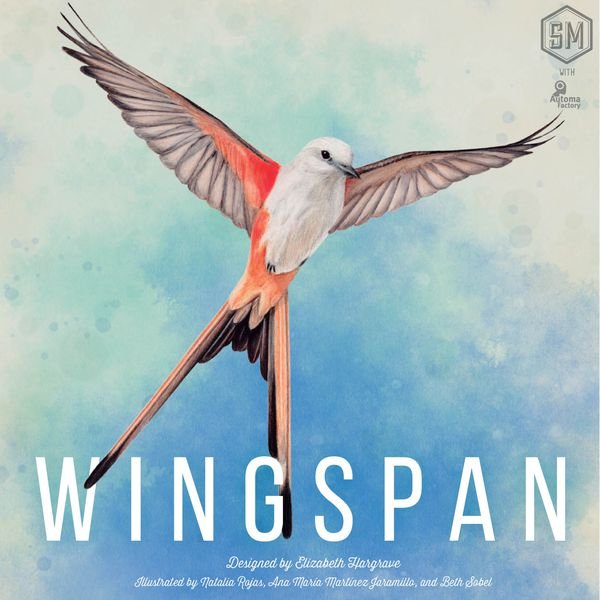
First addition of 2019… Wingspan. I’ve been seeing the cover but hadn’t paid much attention… then, with a rare weekend off, I stumbled on a new review and wow!! What a beautiful production!! And they say the gameplay is excellent too!!
(from the publisher): Wingspan is a competitive, medium-weight, card-driven, engine-building board game from Stonemaier Games.
You are bird enthusiasts—researchers, bird watchers, ornithologists, and collectors—seeking to discover and attract the best birds to your aviary. Each bird extends a chain of powerful combinations in one of your habitats (actions). These habitats focus on several key aspects of growth:
- Gain food tokens via custom dice in a birdfeeder dice tower
- Lay eggs using egg miniatures in a variety of colors
- Draw from hundreds of unique bird cards and play them
The winner is the player with the most points after 4 rounds.
If you enjoy Terraforming Mars and Gizmos, we think this game will take flight at your table.
—
—
Just saw the review (12/22/18)… lots of great mechanics and it looks fantastic!!
(from BGG): Centuries ago, the kingdom of Greycastle was founded through a pact between the great guild leaders of the realm. Under the pact, only a guild can rule the kingdom, and only a guild leader may claim the throne.
Now, with the king on his deathbed, the Council of the Wise will convene. As one of the guild leaders of Greycastle, you must prove your guild’s prestige so you can take the crown and claim your rightful place as the King’s Guild.
The King’s Guild is a new strategy board game where 1-6 players compete to establish the most renowned guild. Lead your guild to prosperity by crafting powerful equipment, sending heroes on quests to earn treasure, and upgrading your guild with unique characters and rooms.
Each turn, choose one action to improve your guild:
• Gather resources to supply your warehouse
• Craft powerful equipment to send heroes on quests
• Upgrade your guild by hiring unique specialists and building new rooms
You’ll earn prestige for your quests, specialists, rooms, and treasures you’ve collected. When the king passes on and the council arrives, will your guild rise above the rest? The leader with the most prestige will ascend to the throne, and earn the title of the King’s Guild!
—
—
—
I think at the time of this writing (December 2018) Trollfjord has been released in Europe but when we first saw it it was still on Kickstarter but quickly became a ‘must have’ for us – partly because it looks and plays great but mostly because, as part of the game, you’re whacking a wooden resource tower with a MALLET!!
(from BGG): Trollfjordis the family strategy game where a solid wooden hammer meets a solid wooden tower!
However, before that can happen you must populate the map with your trolls and strategically position them around the legendary rocky forts of the mountain ghost..
You strike the tower with the hammer, trying to knock out some rubble of different colours in order to collect the most valuable treasure tokens. But be careful! Do not knock out more rubble than your capacity allows, which is determined by the number of trolls you have around the cave. Although, there is some luck involved in the game, you may be surprised how much you are able to control. Through tactical placement of your trolls you may even join in on other players excavations, freeloading off their hard work.
The decisions are made on the time track surrounding the game board. This time track introduces a novel system, consisting of two types of fields, which creates interesting and important decisions for the players: Either you move on the placement fields (for placing trolls on the board) or on movement fields (for moving trolls on the board).
—
—
—
And this is what happens… I saw this game reviewed this morning and it’s on my list this afternoon… beautiful game with an interesting tower building mechanic…
(from BGG): In the Florence of the 12th-14th centuries, the city’s powerful and in fluential families don’t just compete with each other in trade and politics. They also try to outdo one another by building tall, mostly square-based tower homes as status symbols.
In Firenze, you are master builders working on the families’ construction commissions for such towers. Each player competes to earn the most prestige points by completing the commissions from families and the church and by placing their seals on the work they have done. When someone plays their final seal, the other builders get one more turn before the final scoring.
Colored bricks are the currency of the game, and cards can both help and hinder your progress. On a turn, a player must choose a card from the display, taking the bricks from it and paying a brick to every card skipped. There is an opportunity to exchange three bricks for one on display before the player works in their construction site. Players can have multiple towers under construction at once. However, for every brick they wish to add on a turn, there is an extra cost, and if any towers are not built upon during a turn, then they are torn down as abandoned construction. Players must pay attention to other projects so that commissions they were counting on are not snatched away before they can claim them.
—
—
—
This was announced just before the 2018 Essen (world’s largest game convention in Germany)… it had a lot of buzz but what caught my eye was that it was designed by Alexander Pfister – the person who designed my still all-time favorite game – Great Western Trail!!
(from the publisher): Hong Kong has been struck by a large scale unexpected blackout. As the government struggles to maintain control, you decide to take matters into your own hands and try to bring back some kind of societal order! Daily life as you were used to it has quickly dissolved. Even the most mundane tasks have become incredibly challenging without electric power. Whoever best manages this situation and restores the semblance of order will surely claim a position of power in post-blackout Hong Kong!
In Alexander Pfister’s Blackout: Hong Kong, you have to manage ever-changing resources and a network of various specialists to keep Hong Kong from descending into chaos while also staying ahead of your rivals.
—
—
—
Carpe Diem has an interesting working movement / tile selection mechanism and a Carcassone-ish tile placement aspect… and I usually like Stepfan Feld games…
(from BGG): The players slip into the role of rich patricians in ancient Rome. Everyone is trying to build a lucrative district to score as many prestige points as possible. The novel way to get to the individual buildings of his district, and the varied display of the many different score cards makes the game to an unusual and very varied strategy game of the successful author Stefan Feld.
UPDATE: I am repeatedly hearing that the production quality is pretty bad BUT there’s a 2nd printing on the horizon for 2019… I may have to wait for that.
—
—
—
I don’t know why but as of late I really find that I’m liking big, sprawling, thinky games more and more… and as long as I’ve learned a game and can teach the girls (without reading the entire manual to them) they like them too!! Enter Forum Trajanum…
(from BGG:) Emperor Trajan plans to have a monument built for eternity: the Forum Trajanum. It is supposed to become the biggest and most glorious Emperor’s forum that the Roman world has ever seen — not only in order to demonstrate his success as Princeps Optimus in an imposing manner, but also to foster the well-being and the fame of the honorable citizens of Rome.
In Forum Trajanum, each player governs a Colonia, founded by Trajan himself, and thus is the head of one of the highest-ranking cities in the entire Roman Empire. While the players try to optimally develop their own Colonia, they should not fail in supporting the Emperor’s building project to the best of their abilities at the same time. The player who is most successful in doing so will — after expiry of their term of office — be admitted to the small circle of illustrious and mighty personalities surrounding the Emperor.
—
—
—
Lowlands came out of nowhere… I just happened to watch a review and was knocked out by the way players are competing yet they need to work together to keep the dyke built and prevent their farm lands from flooding… what a concept!!
(from the publisher): The low land is a rough area where hard-working folk make a living by the sweat of their brow. Under constant threat of storm and flood, communities here rally together to build dikes that keep the rising water at bay. But every citizen constructing a dike is one fewer citizen tending flocks and maintaining the family farm. The residents here are constantly torn between selflessness and self-interest, and only those who can strike this delicate balance can thrive in this harsh landscape.
In Lowlands, you carve your farm out of this unforgiving land, gathering and spending resource cards to transform your farmyard into pastures that allow you to profit from breeding sheep. Adding expansions to your farm will unlock new options and score you victory points, but helping to build the dike that collectively protects all players is also rewarded. No matter what, the tide will rise and, if the dike isn’t high enough, it could rush in and sweep away your hard-earned profits. Will you sacrifice your own farm for the good of the community, or will you pursue your own agenda? The choice is yours.
Even without the poor weather, life on a farm is one of constant work where you find yourself tending flocks of sheep, extending their pastures, and looking for the right moment to sell them for a profit. To complete all these tasks, Lowlands gives you a group of farmers that you can assign to various tasks around your farm. To get the most out of them, you must think strategically, deciding which actions you want to take and the best time to take them. Once they’ve been assigned, your farmers help you build a bustling farm where there was once scrubby bushes, trees, and lakes. You begin the game with only two sheep and a small pasture, but your farmyard is rife with possibilities, its many empty spaces inviting you to customize your farm as you see fit.
While you could simply focus on creating more area for your sheep to roam, the game also provides plenty of options for customizing your farm with various buildings and features. Not only are these tiles worth victory points at the end of the game, they also make your farm more efficient and more profitable. You might add a feeding trough to your farm, for example, to immediately earn another sheep and the ability to house two sheep per pasture space instead of just one. Or you could construct a lake cabin on your property to get away from it all for a bit. While this tile doesn’t give you any special abilities, it increases the value in victory points of the farmyard spaces immediately adjacent to it. Ultimately, you are free to pursue whatever strategy you see fit, building a farm wholly your own.
On top of the challenges of building a successful farm, of course, you also have to deal with the tempestuous weather that comes with living on the wave-battered coast of the North Sea. Here, the tides always seem to rise a little higher, threatening to take a dent out of your profits by sweeping away some of your flock. To ensure that this doesn’t happen, you always have the opportunity to send your farmers to contribute to the dike instead of working on your farm. When you do, you also commit resources to creating dike elements that are added to the board as a buffer against the rising waters. Add enough of these pieces and you might prevent disaster for everyone. The tide turns repeatedly, bringing with it new flood pieces. If there are enough dike elements in place to hold back the rising waters, players’ farms are spared. If the dike breaks, however, you could be forced to take dike breach tokens that have adverse effects at the end of the game.
While lending a hand with the dike at the expense of your own farm is certainly a nice gesture that keeps everyone safe from the floodwaters, it has rewards of its own. For each resource you contribute to the dike, you advance one step up the dike track. Not only does advancing far enough on this track grant victory points, it also amplifies your reward if the dike holds and lessens the blow when it breaks. It is in your best interest, then, to keep pace with other players on the dike in order to protect your investments back home one the farm.
—
—
—
Here’s another that I saw on Kickstarter around the same time that was recently released… It’s a sandbox / make-your-own-adventure kind of game…
(from BGG): Western Legends is an open-world sandbox tabletop adventure for 2-6 players set in the American Wild West. Players assume the roles of historical figures of the era, earning their legendary status in a variety of ways: gamble, drive cattle, prospect for gold, rob the bank, fight bandits, pursue stories, become an outlaw, keep the peace. The possibilities are darn near endless.
How will you write your name on the face of history?
—
—
—
Here’s further proof that there are games of every theme and weight… aaaahh – gift giving… 🙂
(from BGG): China, 1570. China is under the reign of the Longqing Emperor, of the Ming Dynasty. He inherited a country in disarray after years of mismanagement and corruption. He resided in the Forbidden city, which was the seat of many emperors under the Ming Dynasty. Constructed from 1406 to 1420, the complex consists of 980 buildings and covers 72 ha (over 180 acres). It is also under the Ming Dynasty that the Great Wall of China was rebuilt, fortified and expanded. Around this period, China was under heavy attack from the Mongols, so maintaining the Great Wall was essential. Most of what we now have left of the Great Wall, we owe it to the Ming dynasty.
The country was already famous for its very intricate bureaucracy, but this also led to a lot of corruption. Even though the penalties for corruption were very high, the highest Officials of the Forbidden City would pretend to uphold the ban on corruption, by accepting gifts of petitioners, and returning one of seemingly lower value.
Gùgōng uses this extraordinary custom as its basis. Players take on the role of powerful Chinese families trying to gain influence and power by exchanging gifts with Officials. The gift cards you offer as a player has to be of a higher value than the one you receive, forcing you to make strategic choices regarding which actions you want to take each turn. You will travel around China, sail down the Grand Canal, purchase precious jade, help construct the Great Wall, secure advantages through decrees, influence the game through intrigue, and ultimately, receive an audience with the emperor. If only 1 player succeeds in doing so, he wins. If several players succeed, the player with the most VPs among those players wins the game.
—
—
—
This is yet another game I’d seen kickstarted then forgot about as its release took a year or too… now I just need to find it!!
(from the publisher): Nottingham 1100 A.D.: The True King is away in the Holy Lands and the town is under rule by the evil tyrant, Prince John. He has forced matrimony upon Maid Marian and locked her in his castle against her will. The young princess sends word of her captivity to fabled outlaw and her true love, Robin Hood.
He vows to save her with help from his Merry Men — faithful souls who would follow him to hell and back! But this time, Robin sees doubt in their eyes. Little John, Will Scarlet and the other Merry Men deem the mission so perilous—it could plunge Nottingham into turmoil. Torn between love for the princess and his town, Robin devises a plan to save both! He proposes a challenge, betting his men that none can protect Nottingham as well as he. If one of them bests him at this task, he will bestow his mantle of leadership to the victor! They accept his wager, and pledge to rescue Maid Marian, no matter the outcome.
Their quest will require bravery, cunning and all the wits they can muster! Will one of the Merry Men become Nottingham’s newest hero, or will Robin live up to his own legend?
Robin Hood and the Merry Men is a semi cooperative, but a highly competitive board game set in the folklore we all know and love. It’s a thematic euro style game that perfectly blends worker placement, hand management, set collection and dice rolling into a one big exciting crossover.
In Robin Hood and the Merry Men, players take on the role of a famous outlaw such as Robin Hood, Little John, Will Scarlet and Jane Fortune, and their mission is to protect the town of Nottingham from the tyranny of infamous ruler Prince John and the notorious Sheriff of Nottingham throughout 5 rounds of onslaught. If they succeed, a winner is declared-the player with the most VP becomes Nottingham’s greatest champion.
Each round consists of two phases: A Merry Men phase and a Hero phase.
In the Merry Men phase, you will call upon your faithful friends who are famous for their abilities to build and set various traps. In order to stay one step ahead, you will send The Merry Men to acquire resources and weapons, and lay traps to catch the Sheriff’s endless army of Guards. Assigning Merry Men is done through playing Merry Men cards that offer variable actions.
With King Richard being away on the Crusades, Prince John has given the Sheriff of Nottingham power to tax the villages in and around Nottingham, so you must order your Merry Men to build barricades on the roads to prevent the heavily guarded and gold-filled carriages from entering the castle.
Before he went on his crusade, King Richard gave you certain tasks. In the midst of his struggles, he would welcome the news that his brave heroes have completed them.
In the Hero phase you will send your Hero to fight the Sheriff’s guards, ambush and rob the royal carriages of their treasures, enter archery tournaments, rescue prisoners from the castle’s darkest dungeons and much much more.
—
—
—
Here’s one that came from out of nowhere… they say the gameplay is great, the artwork is gorgeous and it has a 3 dimensional tree as part of the board that some say isn’t necessary but it looks great from what I’ve seen…
(from BGG): Within the charming valley of Everdell, beneath the boughs of towering trees, among meandering streams and mossy hollows, a civilization of forest critters is thriving and expanding. From Everfrost to Bellsong, many a year have come and gone, but the time has come for new territories to be settled and new cities established. You will be the leader of a group of critters intent on just such a task. There are buildings to construct, lively characters to meet, events to host—you have a busy year ahead of yourself. Will the sun shine brightest on your city before the winter moon rises?
Everdell is a game of dynamic tableau building and worker placement.
On their turn a player can take one of three actions:
a) Place a Worker: Each player has a collection of Worker pieces. These are placed on the board locations, events, and on Destination cards. Workers perform various actions to further the development of a player’s tableau: gathering resources, drawing cards, and taking other special actions.
b) Play a Card: Each player is building and populating a city; a tableau of up to 15 Construction and Critter cards. There are five types of cards: Travelers, Production, Destination, Governance, and Prosperity. Cards generate resources (twigs, resin, pebbles, and berries), grant abilities, and ultimately score points. The interactions of the cards reveal numerous strategies and a near infinite variety of working cities.
c) Prepare for the next Season: Workers are returned to the players supply and new workers are added. The game is played from Winter through to the onset of the following winter, at which point the player with the city with the most points wins.
—
—
—

